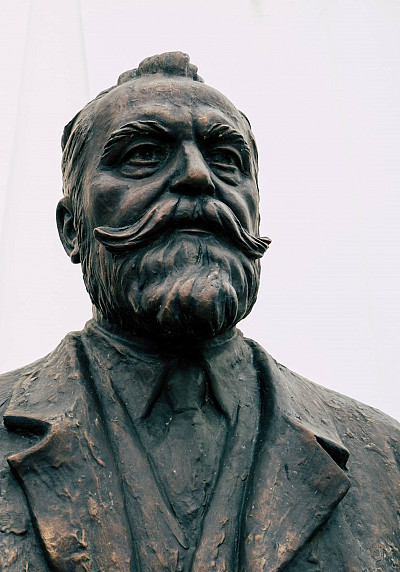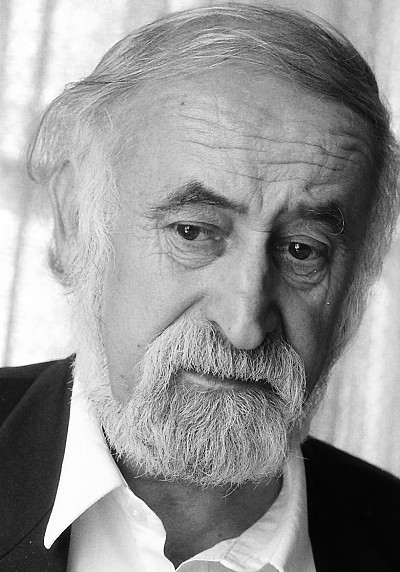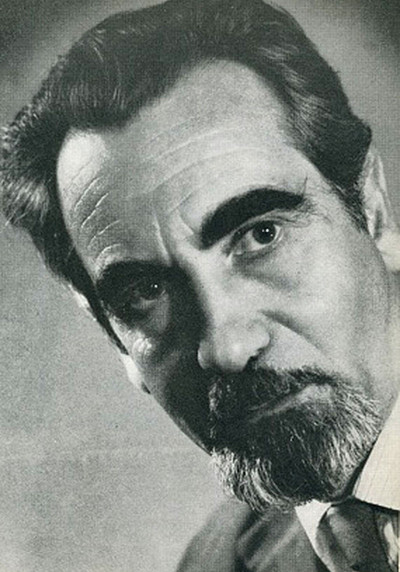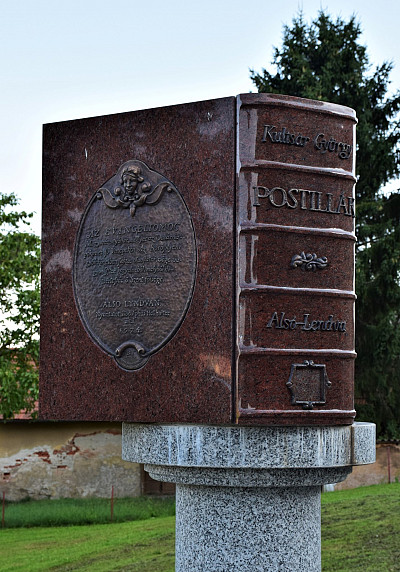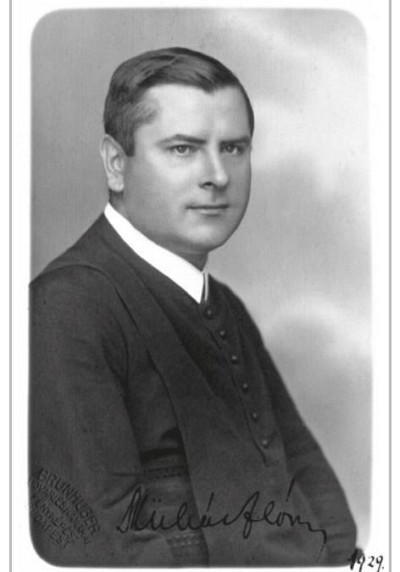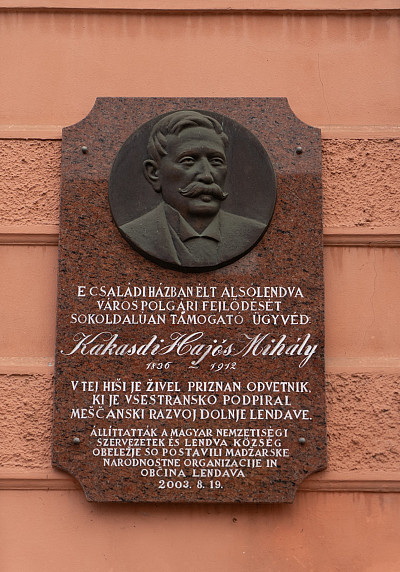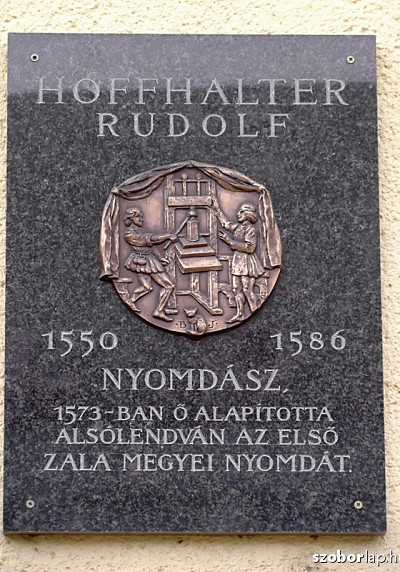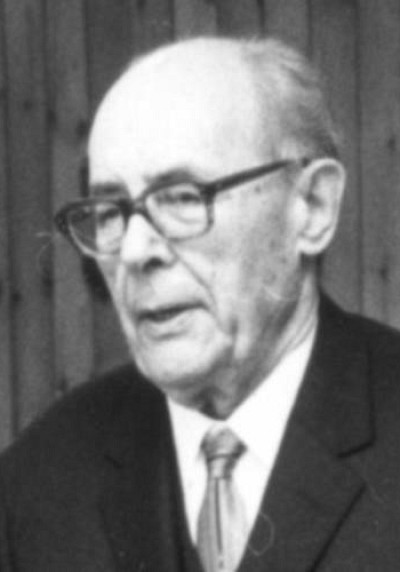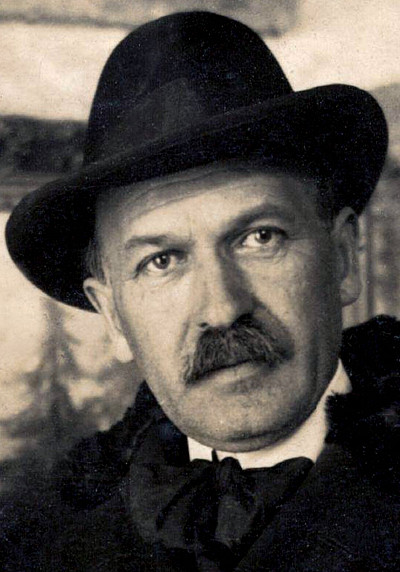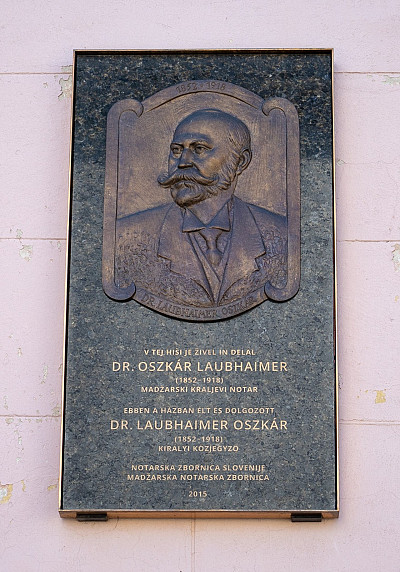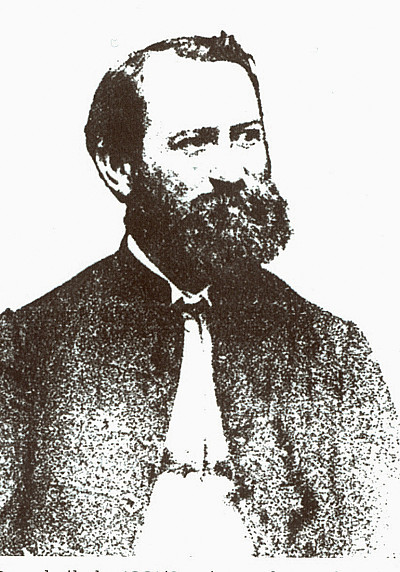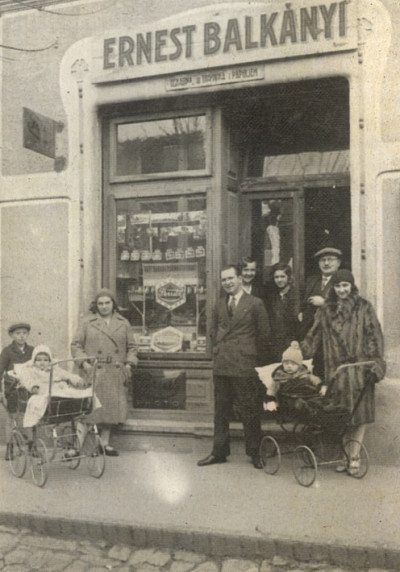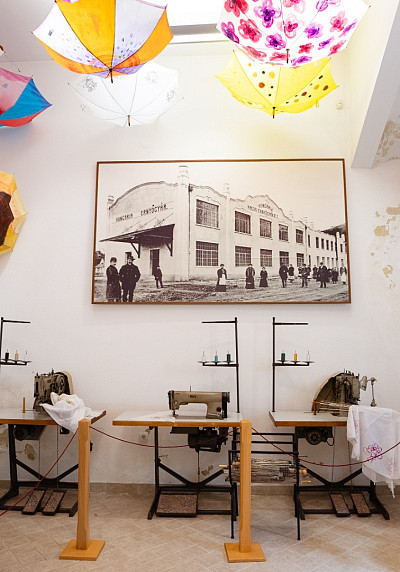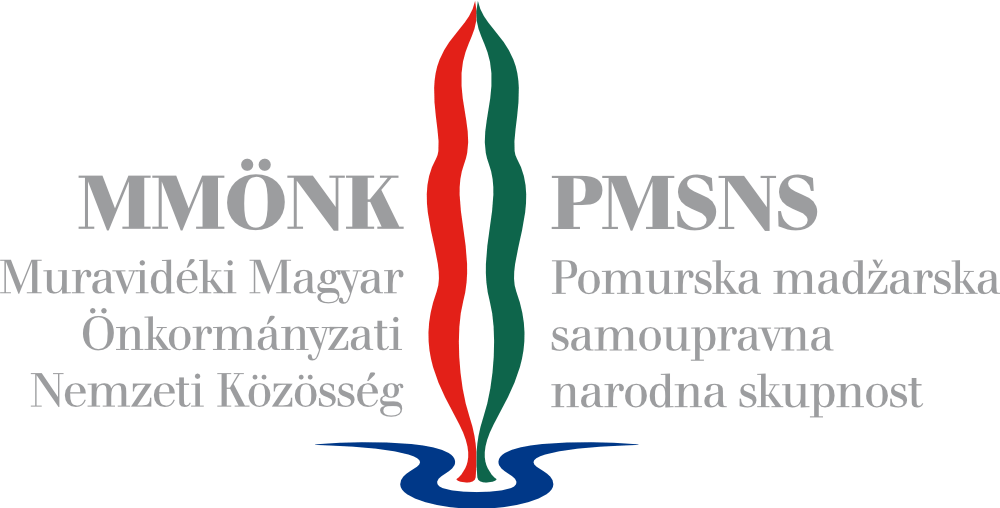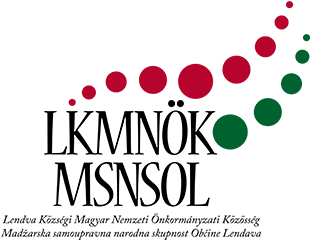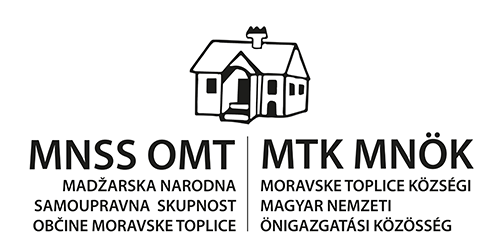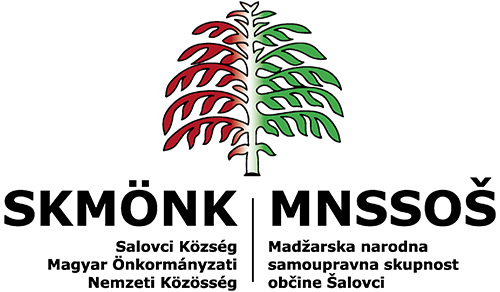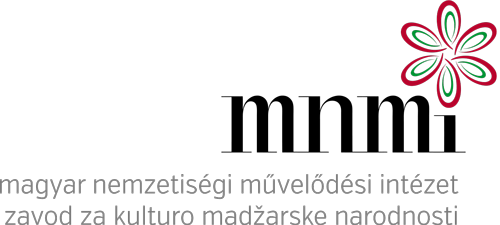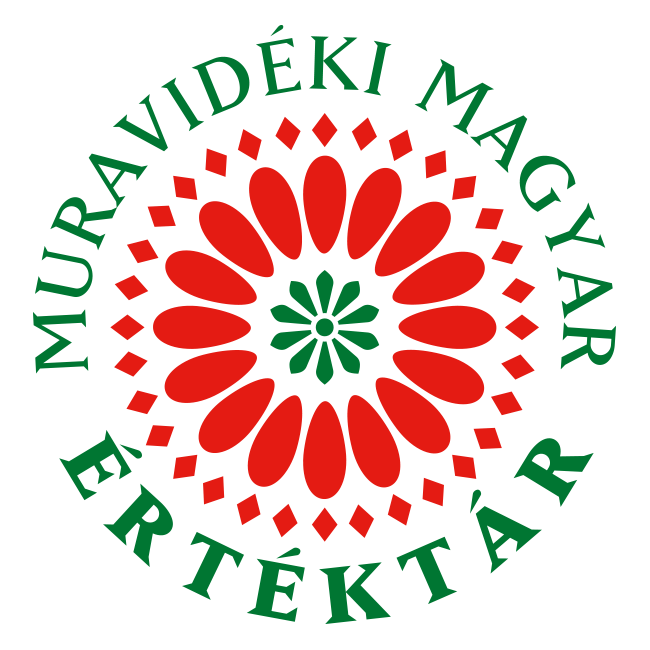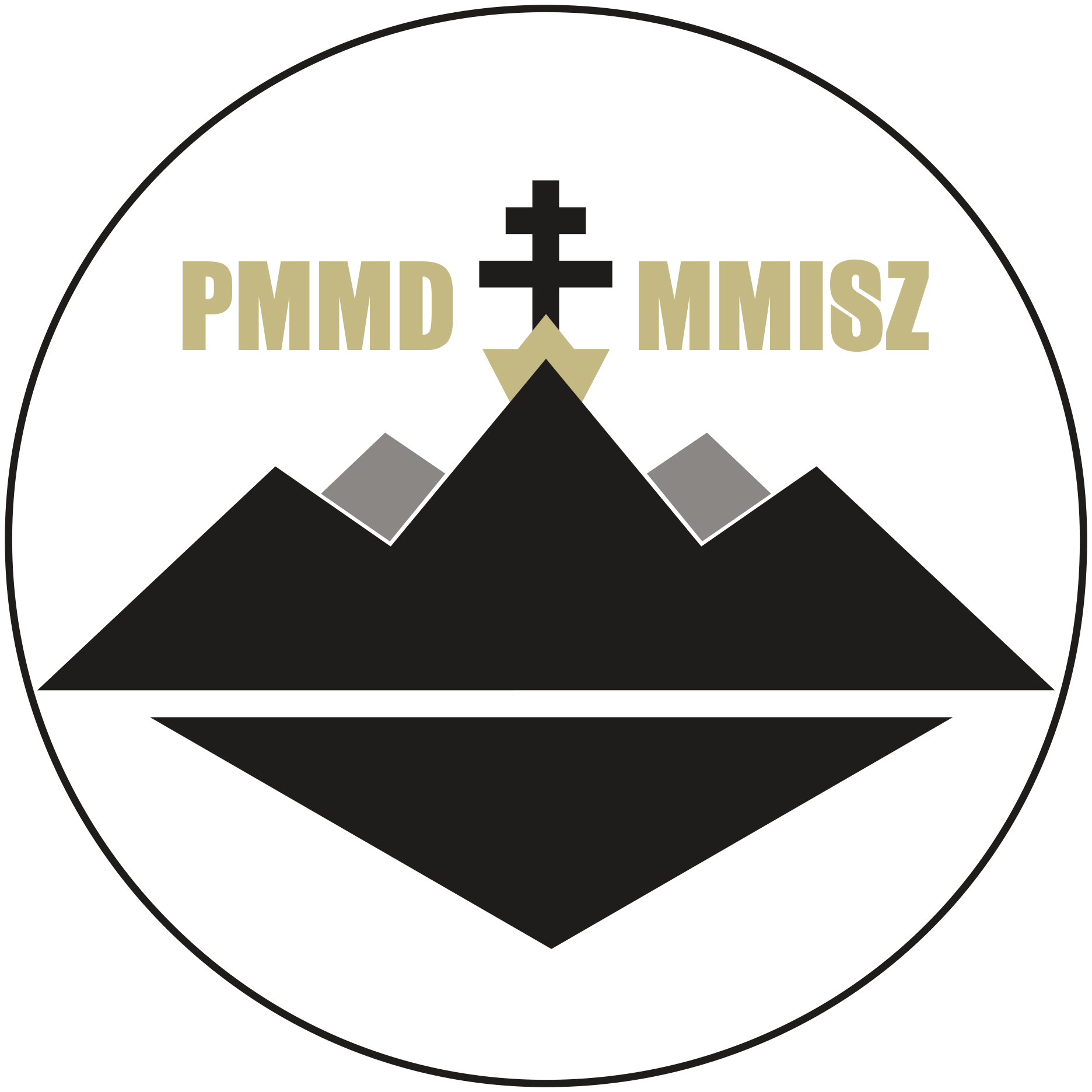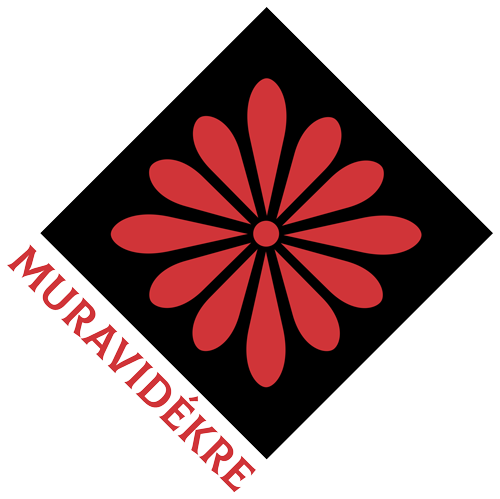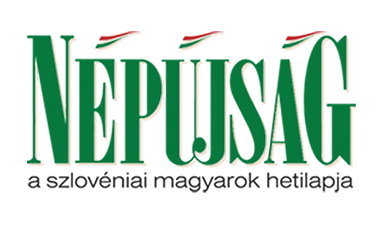Daniel Halas
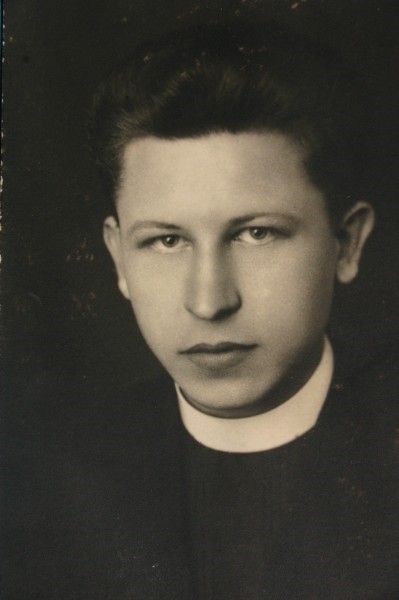
Daniel Halas was born on the 24th of June 1908, in Črenšovci. His mother was of Slovene origin, his father of Hungarian. After finishing elementary school in his home village, he attended the secondary school in Murska Sobota but had to take the Matura examination in Ljubljana because the upper grades in his school were abolished.
In 1928, he joined the seminary in Maribor. He was ordained as a priest in 1933. He spent half a year as chaplain in Ljutomer and was initially transferred to Dolnja Lendava and later to Velika Polana. His kind-heartedness and bluntness made him popular with people of all ages. Although he was of Slovenian nationality, he always strived to preach in their mother tongue when it came to his Hungarian believers. That is why he perfected his knowledge of the Hungarian language in Szombathely.
In 1941, the Hungarian authorities captured him, together with Ivan Camplin and Mihael Jerič, on the charge that they had failed to report the Communists that were active in their parishes. Halas was very hurt by these accusations because he shared the opinion that the denouncement of others is an action not fit for a priest. After nine months, the serving of his sentence was temporarily suspended. His religious activities and full commitment made him a thorn in the side of the local Communists. Therefore, at the meeting of the partisan activists in 1945, it was decided that Daniel Halas should be executed.
In March the same year, Halas went on his pastoral trip to Lendava but never returned home. While he was returning on his bicycle from Lendava to Velika Polana, he was stopped by uniformed policemen in Hotiza who dragged him down to the River Mura where they shot him. His body was found three days later in Kot by a local miller. On his final journey, the popular and respected priest was accompanied by a crowd of believers. In memory of him, the inhabitants of Kot set up the Daniel Halas Memorial Park that is linked to the Stations of the Cross in Hotiza – fourteen stations are arranged along the path that leads from the village to the former riverbed of the River Mura.
Literature, source of photographs:
- Lendvai Kepe Zoltán 2014. Lyndvamuseum 8. Znameniti Lendavčani – Nevezetes lendvaiak I. Lendva: Lendvai Galéria és Múzeum.
- www.pomurci.si
- katoliska-cerkev.si

